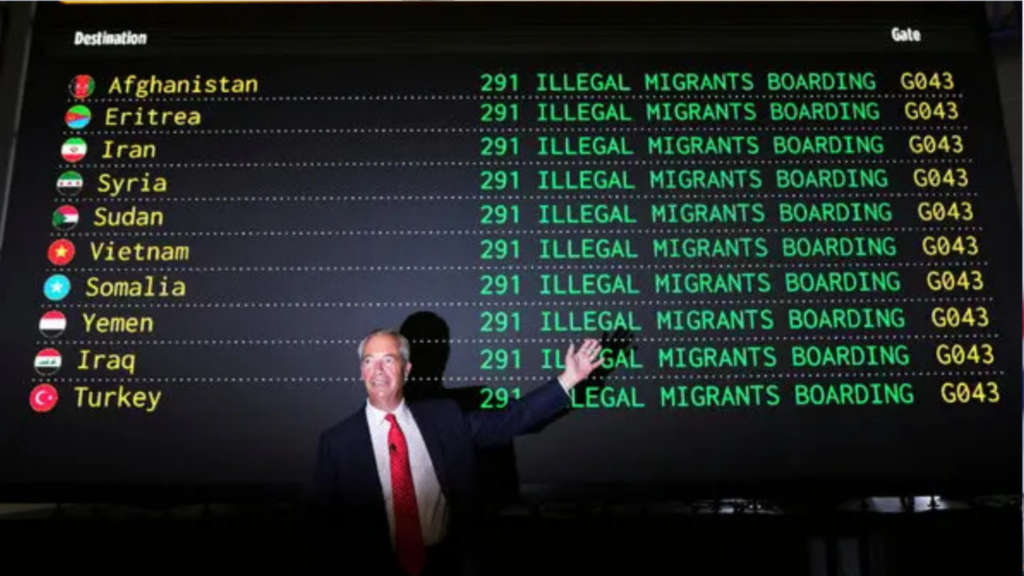Gender Equality in the EU: Still Long Way to Go
The EU approach towards gender mainstreaming aimed at incorporating the gender-related perspective across different sectors and institutions as well as introducing positive actions in terms of reinforcing gender equality has long been considered as the most progressive one. Gender mainstreaming started ranking high on the EU agenda from 1995 with the adoption of the Beijing Platform for Action at the UN World Conference on Women. The commitment to the incorporation of the gender perspective into policies promoting gender equality was later emphasised by the European Commission in 1996 and became enshrined in the European Union’s treaties. However, two decades on, little progress in advancing gender equality throughout the EU has been witnessed. While its highly fragmented implementation across the EU Member States, combined with the prevalence of gender disparity in some countries across various domains, are revealing significant drawbacks of the approach that has been endorsed.
Although some countries have made significant steps forward towards closing the gender gap – Iceland, Finland, Norway, Sweden, and Denmark have closed 70 – 80% of the gender gap – the others are still lagging behind, having closed it by 60% or less.
Implementation of Gender Mainstreaming Across the EU: The State of Play
Even though the European gender equality score is generally higher than the global one, and is demonstrating a positive dynamic, the progress achieved over the last years reveals to be very subtle.
“Progress, if you can even call it progress, is extremely disappointing. There’s no single EU country that has achieved equality,” says Joanna Maycock, Secretary-General of the European Women’s Lobby, “We need concerted efforts by all EU member states to take measures – and an end to austerity.”
According to the 2019 Gender Equality Index, which has been recently published by the European Institute for Gender Equality, EU Member States have barely made progress in achieving gender equality in the last years. The EU scores 67.4 for gender equality, which is one point up since 2017. In 2005, the EU’s General Equality Index score was 62. Fourteen years later, it has only gained 5.4 points, with almost half of all Member States falling below the 60-point threshold.
Although the general score is showing some positive dynamic, the commitment to gender mainstreaming has remained at a low level and even weakened since 2012, with only a few Member States performing highly on this issue, demonstrating that the developments are uneven between the Member States. While some countries have made significant steps forward towards closing the gender gap – with Sweden staying firmly on top with 83.6 points, followed by Denmark with 77.5 points, and others showing significant positive dynamic with Italy and Cyprus improving on 13.8 and 10.4 points respectively – lower-ranking Hungary (with 51.9) points and Greece (with 51.2) have still a long way to go to achieve gender-equal societies.
What is more, some countries are not only lagging behind without making any progress (Lithuania is the only country not to have made any progress in gender equality since 2005) but even showcase a regression in some aspects.
Such discrepancies in the scores across the EU Member States show that despite the high level of commitment to the gender equality and gender mainstreaming policies, their implementation, both inside the EU institutions and in the single Member States, remains fragmented.
In general, in all the six core domains that were taken into consideration (work, money, knowledge, time, power, and health) the EU is close to gender equality in the money (80.8) and health domains (88.1), with significant progress achieved in the power domain that, nevertheless, remains the lowest ranking one. And in some domains, the progress is even going backward.
Gender Equality in Political Decision-Making and Workplace
The research results in terms of gender equality in the power domain are one of the most concerning. On average, women hold 31% of the seats in national parliaments and governments in the EU in 2019, compared to the beginning of the 2000s when women were holding only 21% of members in national parliaments. However, this share is hardly making any progress, increasing only 1% each year, with none of the EU countries having more women than men in the parliament.
In some countries (Cyprus, Malta, and Hungary), women make up less than 20% of the parliamentarians, with Hungary having the lowest rate of women in its national parliament (13%) and reporting the lowest share of female government members (7%). At this rate of progress and prevailing disproportional representation and participation of women in the political life across the EU, the gender balance in political decision-making remains a distant goal.
Such a low level of female participation in the decision-making processes does not go in line with the EU’s advocacy for diversity and equal representation. The equal representation and participation of women and men in political processes are vital for good governance and a prerequisite for a democratic society.
However, gender equality is not only essential for establishing an inclusive democratic society but also is an important driver for sustainable economic growth. The recent research published by the IMF provides the findings in terms of negative effects of the uneven participation of women and men in the labour market and the negative impact that it imposes on the economy, increasing the risk of economic dependency, poverty, and social exclusion. While the previously estimated losses to the economy resulting from the economic disempowerment of women are ranging from 10% in the economically advanced regions, including the EU countries, to 30% in South Asia and in the Middle East and North Africa.
Despite the high level of commitment of EU policies to gender equality and gender mainstreaming, women and men are still not on an equal footing in different areas: from economic to social and political arenas. This, in the light of the lack of progress in terms of overcoming the overall global gender gap, is leaving the perspectives for achieving gender parity in the other regions of the world even less feasible. The lack of positive action in terms of introducing a viable approach towards incorporating the gender perspective at the EU level, along with a highly fragmented implementation of those policies by the European Member states, demonstrate that the EU’s perspective on gender mainstreaming, which has been long considered as a role model, needs a significant revaluation.
References:
- Council of European Municipalities and Regions, Council of European Municipalities and Regions (2019), Women in Politics. Local and European Trends. Available at: https://ccre.org/img/uploads/piecesjointe/filename/CEMR_Study_Women_in_politics_EN.pdf [Accessed 20 Nov. 2019]
- Dabla-Norris E., Kochhar K. (2019), ‘Closing the Gender Gap. The economic benefits of bringing more women into the labor force are greater than previously thought‘, International Monetary Fund. Available at: https://www.imf.org/external/pubs/ft/fandd/2019/03/pdf/closing-the-gender-gap-dabla.pdf [Accessed 13 Dec. 2019]
- Dudman J. (2019), ‘Brussels was all men: the painful progress towards EU gender equality‘. [online] The Guardian. Available at: https://www.theguardian.com/society/2019/nov/06/brussels-was-all-men-the-painful-progress-towards-eu-gender-equality [Accessed 20 Nov. 2019]
- European Institute for Gender Equality (2019), Gender Equality Index 2019 in Brief: Still far from the Finish Line. Available at: https://eige.europa.eu/publications/gender-equality-index-2019-brief-still-far-finish-line [Accessed 22 Nov. 2019]
- European Institute for Gender Equality (2019), Gender Statistics Database. Available at: https://eige.europa.eu/gender-statistics/dgs [Accessed 20 Nov. 2019]
- European Parliament (2019), Gender mainstreaming in the EU: State of play. Available at: https://www.europarl.europa.eu/RegData/etudes/ATAG/2019/630359/EPRS_ATA(2019)630359_EN.pdf [Accessed 10 Dec. 2019]
- European Parliament (2019), Women in politics in the EU State of play. Available at: https://www.europarl.europa.eu/RegData/etudes/BRIE/2019/635548/EPRS_BRI(2019)635548_EN.pdf [Accessed 1 Dec. 2019]
- European Parliament (2019), Women in the European Parliament. Available at: https://www.europarl.europa.eu/news/en/headlines/society/20190226STO28804/women-in-the-european-parliament-infographics [Accessed 15 Dec. 2019]
- Eurostat (2019), Seats held by women in national parliaments and governments. Available at: https://ec.europa.eu/eurostat/databrowser/view/sdg_05_50/default/table?lang=en [Accessed 1 Dec. 2019]
- Stefanello V. (2019), ‘What we’ve learnt from the European Union’s 2019 Gender Equality Index‘. [online] Euronews. Available at: https://www.euronews.com/2019/10/17/what-we-ve-learnt-from-the-european-union-s-2019-gender-equality-index [Accessed 10 Dec. 2019]



